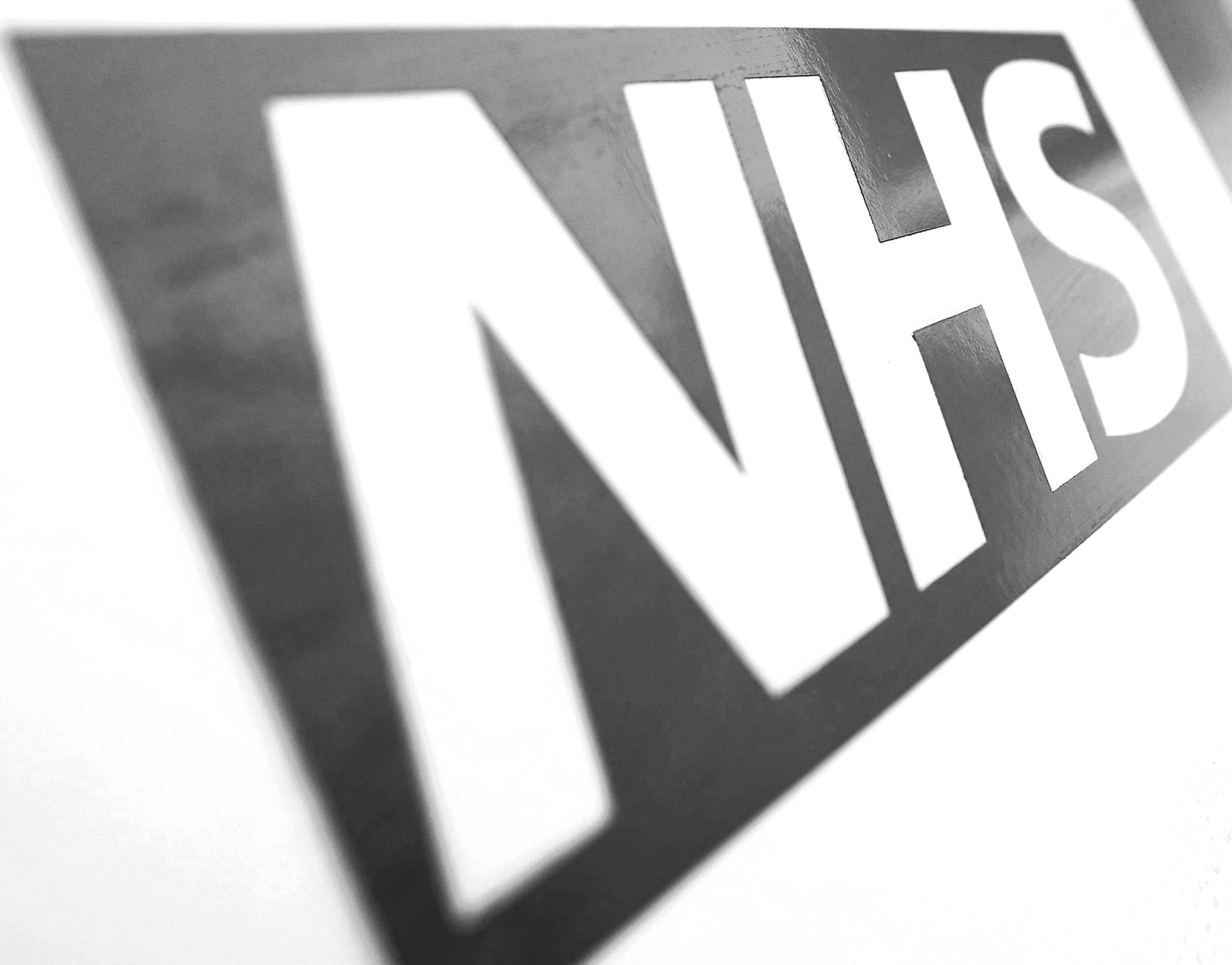
More than 160,000 nurses have quit the NHS since 2010/11 for reasons other than retirement, according to new figures.
Data analysed by the Labour Party and verified by the House of Commons Library shows that from June 2010 to June 2018, 200,586 nurses quit the NHS.
In total, 163,094 quit for reasons other than retirement.
Across all NHS workers, voluntary resignations owing to a poor work-life balance have increased more than any other reason, the data suggests.
In 2011/12, 6,669 resignations were for this reason, rising 169% to 18,013 in 2017/18.
In total, the number of voluntary resignations for any reason have shot up from 74,287 in 2011/12 to 114,870 in 2017/18.
And the number of voluntary resignations for health reasons have doubled from 2,126 in 2011/12 to 4,234 in 2017/18.
The data shows that the percentage of ambulance staff leaving the NHS increased from 4.8% in 2011/12 to 8.1% in 2017/18.
Doctors are the biggest group to leave, at 14.6% in 2017/18, followed by nurses and health visitors (10.7%) and midwives (10.6%).
Last week, a report warned that the NHS is at crisis point and is unable to train enough GPs and nurses to meet demand.
The King’s Fund, Nuffield Trust and Health Foundation said the Government would miss its target to recruit 5,000 more GPs by 2020 and the only way to cope with the growing workload was to put more pharmacists and physiotherapists into GP practices.
Thousands more nurses are also needed and immediate measures must be brought in to relieve financial pressure on trainees and to support overseas recruitment, they said.
In a speech at the Institute for Public Policy Research (IPPR) on Wednesday, shadow health secretary Jonathan Ashworth will say Labour will invest in staff pay and training, reintroduce nurse bursaries and commit funding to health-related degrees.
He will also argue the Government is failing in its duties to staff enshrined in the NHS Constitution, such as creating a good working environment with flexible working opportunities.
He will say: “It’s utterly staggering that our NHS has lost over 200,000 nurses under the Tories and that voluntary resignations from the NHS is up 55%.
“We are facing a retention crisis in our NHS and standards which staff should expect – enshrined in the NHS Constitution – have simply been abandoned.
“After years of pay restraint, cuts to training budgets and growing pressures it is no wonder the NHS is facing chronic shortages of 100,000 staff.
“These shortages affect patient care every day as waiting lists grow and operations are cancelled.
“A Labour government will invest in NHS staff and help staff develop to meet the challenges of the future. It’s my ambition that the NHS becomes the best employer in the world.
“It’s not only the correct thing to do to improve the quality of care of patients, it’s in our economic interest as well.”

Enjoy the convenience of having The Sunday Post delivered as a digital ePaper straight to your smartphone, tablet or computer.
Subscribe for only £5.49 a month and enjoy all the benefits of the printed paper as a digital replica.
Subscribe